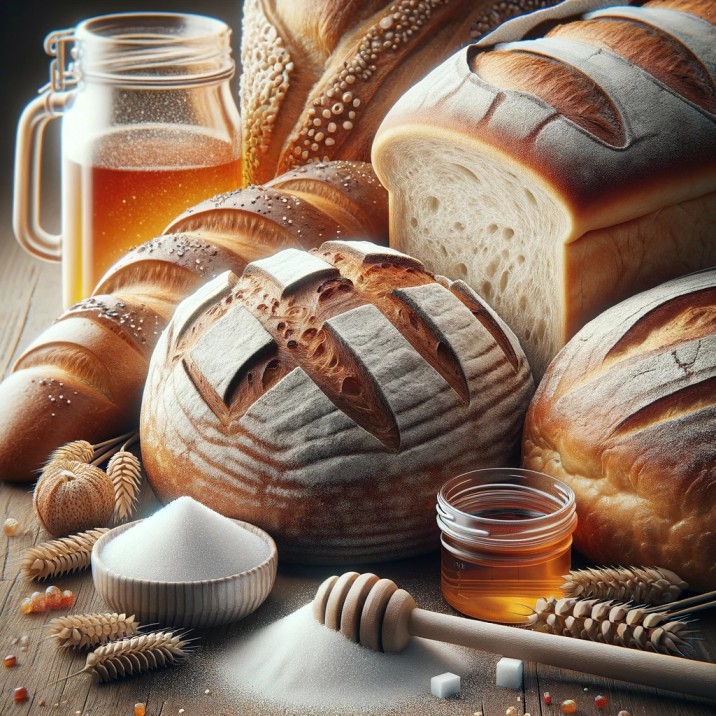Bread in the United States often tastes sweeter compared to bread in many other countries due to the use of higher amounts of sugar or sweeteners in the recipe. There are a few reasons for this:

- Consumer Preference: The American palate has historically favored sweeter tastes, which has influenced the formulation of many food products, including bread. This preference leads to recipes that include more sugar.
- Use of High Fructose Corn Syrup (HFCS): HFCS is a common sweetener in the U.S. food industry. It’s often used in bread as it’s cheaper than sugar and helps in browning the crust, improving texture, and extending shelf life.
- Commercial Bread Production: Mass-produced breads often contain more sweeteners. These additives can help the bread stay fresh longer, appeal to a wider consumer base, and improve the texture and color of the bread.
- Regulatory Differences: Food regulations and standards can vary significantly from country to country. The U.S. has different guidelines and practices for food production, which can result in different tastes and compositions of food products, including bread.
- Historical and Cultural Influences: Bread-making traditions and techniques vary across cultures. The U.S. bread industry developed with a different set of preferences and technological approaches compared to European or other global traditions, influencing the taste of the bread.
It’s important to note that not all bread in the U.S. is sweet—artisanal breads, sourdoughs, and many whole grain breads often contain less sugar. However, the general trend in commercial bread leans towards a sweeter flavor profile.

